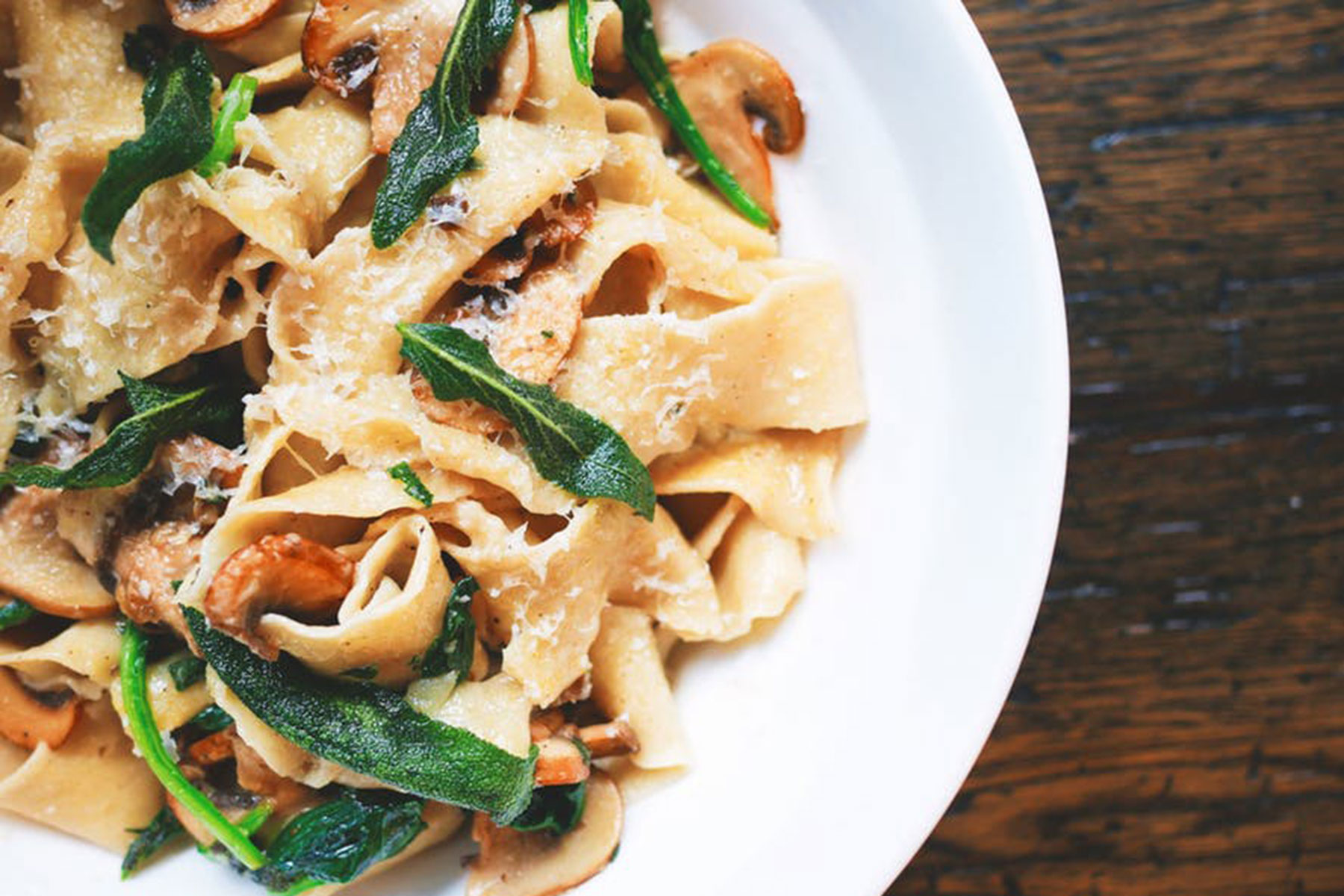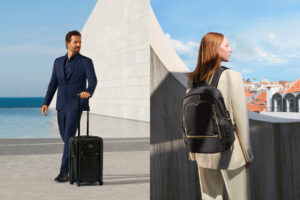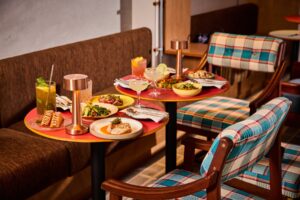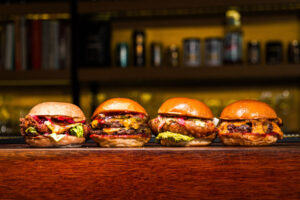Did you know that traditional Carbonara is made with pork and without cream, and that you pay just to sit at an Italian restaurant?
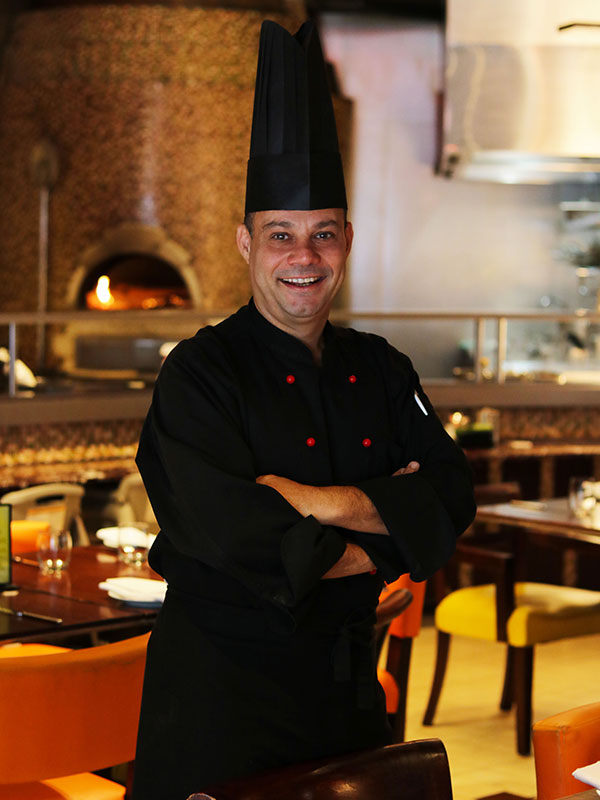
The Italians are well-known for their high regard for food, and that’s probably a good reason why their cuisine has gained much popularity all over the world. That said, the Italian food you have tried outside of Italy is not always authentic or true to its heritage.
We recently spoke with Chef Ricky Parlanti, the new Italian Chef de Cuisine at Prego, The Westin Kuala Lumpur, to uncover some facts about Italians and their food. As a ninth-generation chef in the Parlanti family with over 35 years of culinary experience in numerous countries around the globe, you can certainly bet Chef Ricky knows a thing or two about the cuisine he specialises in.
#1 Italian food differs according to region

Due to demographical, topographical and historical factors, Italian food differs according to region. “Italy is a lot like China when it comes to food. There’s so many different types of food in China – there’s Hokkien, Hakka, Szechuan, Cantonese, etc. In Italy we, have the same thing. We are regional,” Chef Ricky says. “For example, polenta is very much a Northern dish; Southern Italians don’t eat it.” Northern Italian food is also more gamey, whereas southern Italians lean toward a more vegetarian and seafood-based diet.
#2 Egg pasta comes from the North, dry pasta comes from the South
An example of #1 is an Italian favourite dish – pasta. “Historically, you only have chickens (and eggs, accordingly) if you could afford it. In the South, people were poor and they couldn’t afford to buy eggs to make pasta, so they made it with water and wheat. That’s how you get dry pasta,” Chef Ricky explains. “In the North, people were wealthier so they could use eggs to make fresh pasta.” Although wealth is distributed more evenly and logistics is no longer an issue today, Italians still say the best egg or fresh pastas come from the North and the best dry pastas come from the South.
#3 The best olive oil comes from the North
Olive oil is a popular ingredient used to cook many Italian dishes and according to Chef Ricky, the best olive oil is produced in the northern region of Italy. “The North has a more dry, arid climate so the best olive oil in Italy comes from there,” Chef Ricky tells.
#4 The best tomatoes and buffalo mozzarella come from the South
Two other must-have Italian ingredients are tomatoes and cheese. While tomatoes are available all over Italy, the South produces the best ones. “This is because the South has volcanoes and the best tomatoes grow in volcanic ash,” Chef Ricky divulges. As for Italian cheese, specifically buffalo Mozzarella, Chef Ricky claims the best ones come from the South simply because that’s where the buffalos or cows enter Italy through the Mediterranean sea.
#5 (Traditional) carbonara has pork, but no cream

Carbonara is arguably one of the most famous pasta dishes but ironically, the term “carbonara” is interpreted very differently in varying parts of the world. For example, Malaysians usually prefer carbonara on the creamier side. However, in Rome, where it originated from, pasta carbonara is cooked with pork and eggs, sans cream or milk. Nevertheless, Chef Ricky says, “I don’t believe in saying what’s real or not real. At the end of the day, it’s up to the customer” – and we couldn’t agree more.
#6 Italians eat a light breakfast
Italians typically have three solid meals per day, but breakfast is quite simple and light. “For breakfasts, Italians have an early morning start with coffee and maybe bread with jam.” Interestingly, Italians seldom – if ever, drink coffee with milk after breakfast.
#7 …followed by a heavy lunch
It’s no secret that Italians are big fans of lunch and Chef Ricky confirms that. “Lunch is pretty heavy – it’s usually at least a three-course meal (or piatti, which means dishes) or four-course meal, and on average, half a bottle of wine per person,” he shares.
#8 Italians have late meals in the summer
During the summer, Italians have lighter meals due to the heat and humidity. Dinner may consist of cold cuts like salami, and salad or leftovers from lunch, followed by supper later. “We’re very much like Asians when it comes to summer. We go out late and maybe have a pizza with friends, like the Malaysians do with their teh tarik at the mamak stalls,” Chef Ricky shares with a smile.
#9 Olive oil, bread, wine and water are staples at every Italian restaurant

When asked what you can find at every Italian restaurant, Chef Ricky replies with four things: Olive oil, bread, wine and water. Every Italian restaurant will have extra virgin olive oil and a good restaurant will usually serve it with bread on the table. “An Italian restaurant without bread is like a Chinese restaurant without rice. It’s absolutely unheard of. And when I say restaurant, I mean family-style restaurants like trattoria or ortensia,” he elaborates.
#10 Italians would choose wine over soda, any day

In #7, we found out just how much wine Italians drink for lunch, so it might not come as a surprise that they would choose wine over soda any day. “After all, it’s good for your health,” Chef Ricky justifies with a laugh.
#11 Mineral water is the only water for Italians
Apparently, mineral water is obligatory at Italian restaurants. “Don’t ask for tap water or sky juice in Italy; it’s mineral water, mineral water and only mineral water.”
#12 You only pay for what you drink
The good news is, you don’t pay per wine bottle at Italian restaurants, you only pay for what you drink. If you’ve only had half the bottle, you’ll be charged for mezzo bottiglia (translated as half bottle); and if you’ve had one glass, you may be charged quarto (translated as a quarter) or less, depending on the restaurant policy.
#13 But you also pay just to sit at the table

The not-so-good news is, you also pay just to sit at the table, regardless of whether you order anything. This is called coperto in Italy, which is essentially a sit-down charge that comes with bread and decent napkins, at the very least.
To try Chef Ricky’s unique style of Italian cuisine, visit Prego at The Westin KL.
Location: 199, Bukit Bintang Street, Bukit Bintang, 55100 Kuala Lumpur, Federal Territory of Kuala Lumpur, Malaysia
Opening hours:
Mondays to Saturdays: 12.00pm to 2.30pm; 6.30pm to 10.30pm
Sunday: 11.30am to 2.30pm; 6.30pm to 10.30pm
Contact: 03 2773 8338




